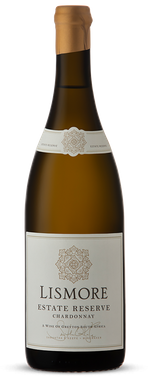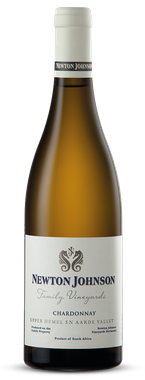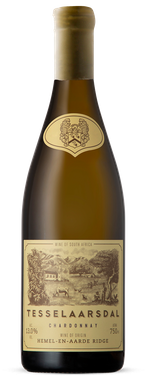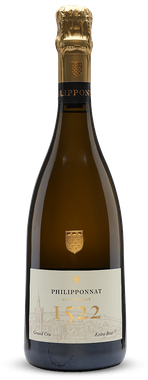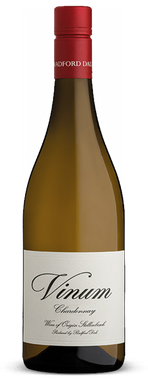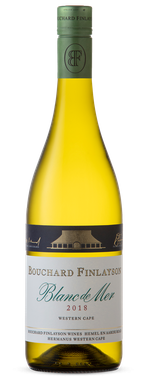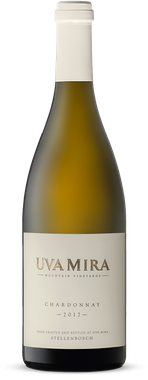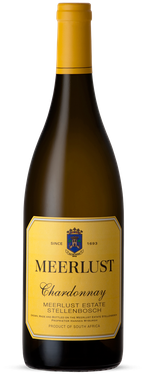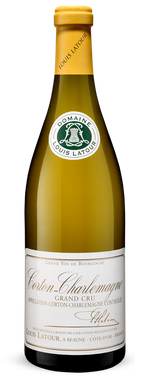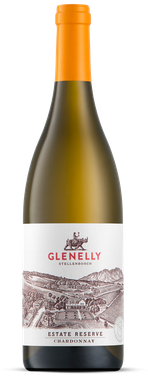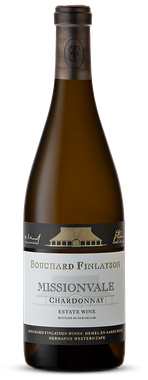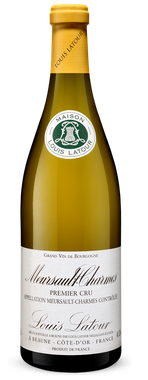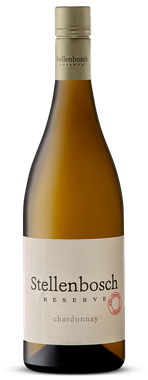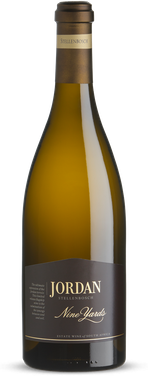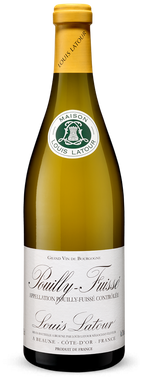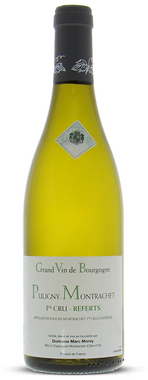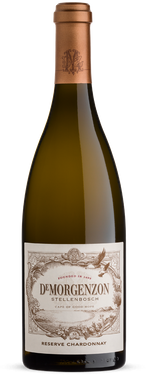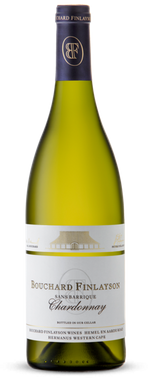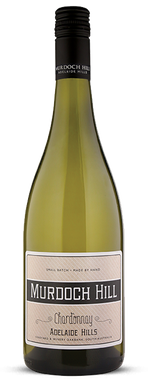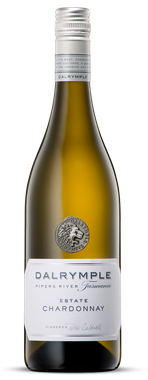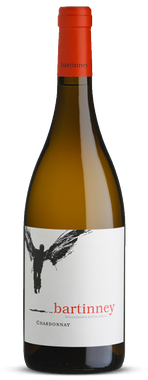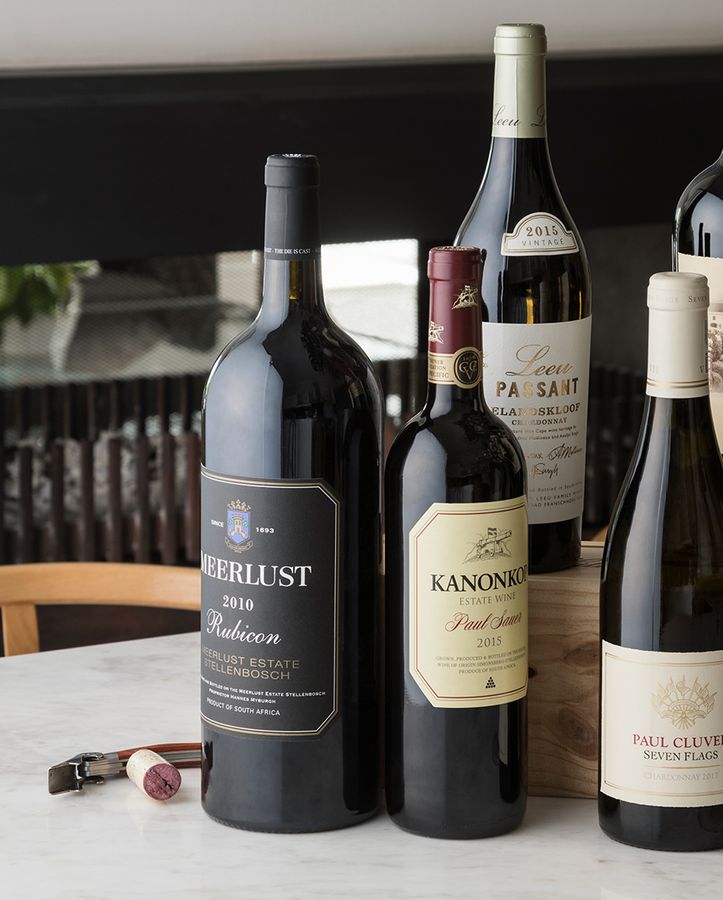Though this flagrant disregard for simplicity is limited to French Chardonnay, depending on the region and village it is grown and made in, identifying the varietal (irrespective of the name) might also prove baffling at times. For a rose, by any other name, would smell as sweet, but a Chardonnay by any other name could be buttery, or toasty, with a hint of green fruit, occasionally vegetal, sometimes with a taste of white stone fruit or downright tropical. And THAT is the beauty of Chardonnay, its chameleon-like quality of not only adapting to its surroundings but owning them.
There are two main variables to consider when tasting Chardonnay: Where is it from? And how is it made? Cold climate Chardonnays, like Chablis in Northern France, tend toward green fruit and occasional vegetal flavours. Our hot South African climate can give expression to tropical fruit like peach, pineapple, or even mango and fig. The moderate climate of Puligny-Montrachet in Burgundy will give you white stone fruit and citrus notes.
But origin is only half the battle. A Chardonnay’s character is mostly defined by the winemaking techniques employed in the cellar. Malolactic fermentation can make it buttery while leaving the wine on the lees can create a creamy texture. Oak ageing can impart toasty, vanilla, and coconut flavours, while no oaking will allow those green fruit flavours so prized in a good Chablis. Given the evidence, we’d say a firm understanding of the options is required when specifying what Chardonnay you’re after.
To showcase the many expressions of Chardonnay we’ve put together a selection of wines from the New and Old World for you to draw your conclusions from. Our goal? As always, to provide a little perspective.
